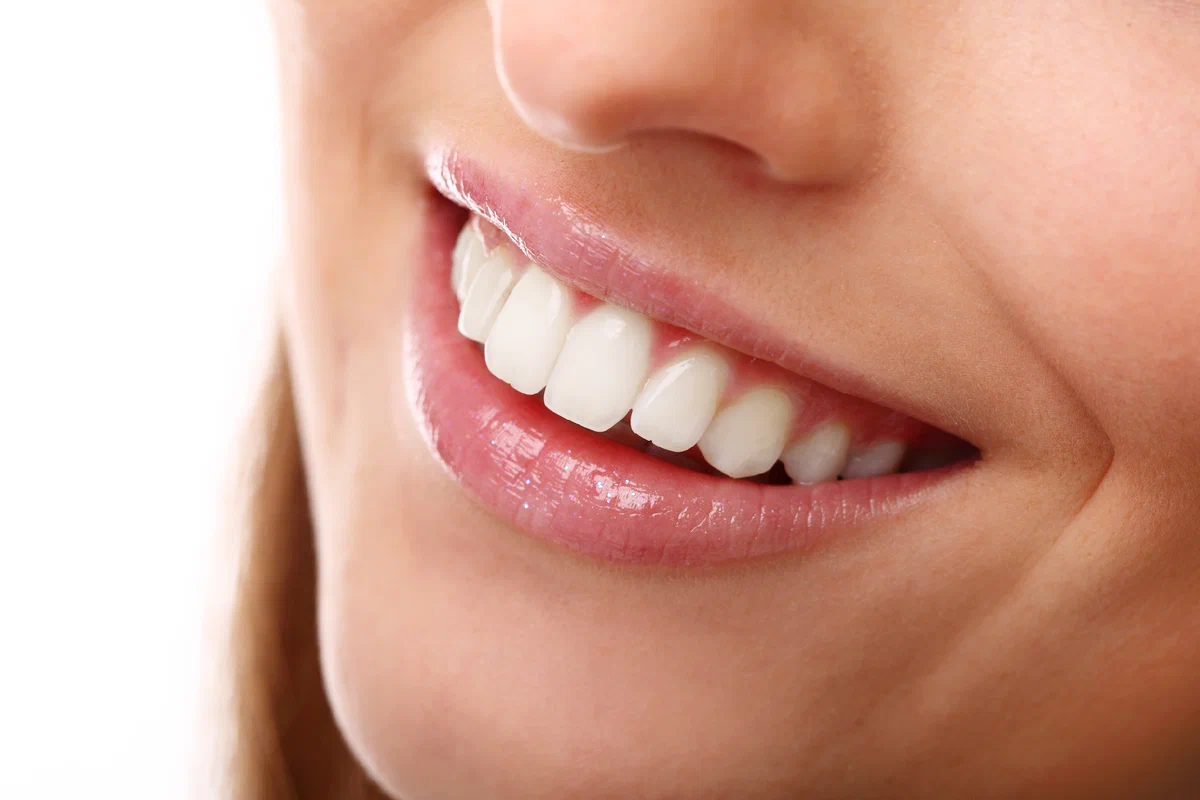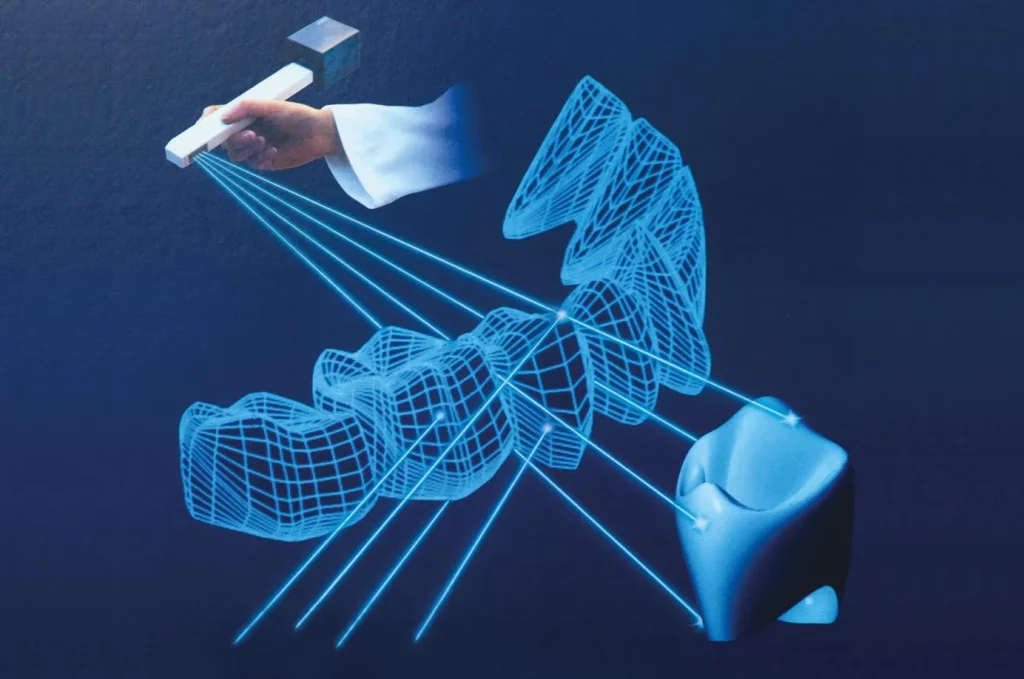
What is Smile Design? How is it Done?
21 January 2023
What is Dental Cleaning? How is it Done?
3 February 2023
Recent technological developments have also influenced dentistry and modern treatment techniques. Digital dentistry is a modern technique that improves patient comfort in all stages of diagnosis, planning, and treatment. It also provides complete healing. So, what is digital dentistry utilizing new technological equipment, and in which fields is it applied?
What Does Digital Dentistry Mean?
Digital dentistry is a field that minimizes human error and provides faster and more efficient treatment through the use of computers in all or parts of the diagnosis, planning, and treatment stages. Digital dentistry requires next-generation equipment to cover many applications, such as fillings, smile design, orthodontic procedures, complex implant treatments, aesthetic planning, and porcelain veneers. Today, all these procedures can be carried out using advanced technological equipment.
The main advantages of digital dentistry, especially in terms of speed and production stages, can be summarised as follows:
- Digital dentistry allows faster and more efficient healing with minimal human error in diagnosis, planning, and treatment processes.
- With digital dentistry practices, porcelain dental treatments can be completed in as little as 10 minutes.
- Even in cases where the mouth structure is delicate, and the process is complex, treatment can be carried out with maximum comfort for the patient.
- Oral imaging techniques in digital dentistry have a lower radiation rate than conventional methods.
- The most delicate implant treatments can be planned painlessly and flawlessly using modern technologies.
- Use modern technology to customize the equipment for each patient, making the equipment more durable and less prone to wear and tear.
- Digital sensitivity and automated recording features ensure zero margins of error.
- Patient information can be stored in a digital database. It can be reused in different applications such as dental bridges, plates, and fillings in the future, eliminating the need for re-measuring and taking x-rays.
- If necessary, the digital data can be transferred to other clinics and patients in other cities or countries, ensuring that the person receives the best and most efficient treatment possible.
Thanks to digital dentistry, which offers fast and easy treatment by generally removing the human margin of error, you can have the healthy tooth structure and smile you need.

What are the Digital Dentistry Practices?
Digital dentistry encompasses all the procedures that start with scanning and recording the patient’s current oral condition and promote easy treatment of problems using new measurements as needed. These procedures enhance the comfort of the dentist and the patient and include a wide range of treatments, from simple filling to complex implant procedures, orthodontics, and aesthetic smile design. Digital dentistry has precision-based practices developed to shorten treatment time, such as:
Digital Imaging

Various imaging techniques are used to diagnose dental disease and deformities. Conventional methods always carry the risk of misleading and false results. However, software- and computer-assisted digital imaging provides high-quality images of the oral cavity. It reduces the margin of error to zero. These images help create a detailed oral cavity model under standardized conditions and without human factors.
As a result, all physiological or pathological formations related to the jawbone and mouth can be easily assessed, archived, transferred, and reused as required.
Smile Design
Smile design is a treatment that aims to improve the overall appearance of the mouth by considering the relationship between the teeth, gums, and lips. Modern software in digital dentistry allows a detailed analysis of the mouth to be made and the most accurate work to be carried out. In smile design, a computer system called CEREC measures, designs, and fabricates customized models.
This system scans the mouth in minutes, providing an instant data flow to the connected computer and creating a personalized virtual model for the patient. Desired changes in measurements and design can be made on the transferred images, ensuring a clear modeling result before the treatment begins. During the modeling phase, various parameters such as age, gender, facial shape, expectations, and oral and dental health are considered. These advanced technologies, based on precise measurement systems, are actively used in treatments such as veneers, dentures, implants, fillings, and laminates, making it easier for patients to achieve the aesthetic and healthy teeth they dream of in the fastest possible way.
Digital Orthodontics
Another application of digital systems is in the field of orthodontics. Digital orthodontic studies allow the most efficient treatment planning to be tailored to an individual’s needs, using a similar scanning and data transfer process. The current problem can be observed, and the most appropriate treatment can be decided upon, with the 3D model as an essential indicator. The advantage of these studies is that it is possible to see the results of a treatment that has yet to start and to redesign the necessary points according to the patient’s needs and preferences.
As well as offering convenience at the treatment decision stage, digital orthodontics can be used in treatments such as clear aligners. It opens up the treatment stages to domestic and international laboratories and minimizes the margin of error.
Although digital dentistry is carried out with the help of advanced technologies, expert opinion is essential for the process to progress in the best possible way. Therefore, it is essential to note that the dentist makes the final treatment decision and application. You can contact us to learn more about digital dentistry, which stands out with its clinical success and patient comfort, and to receive superior quality service.



